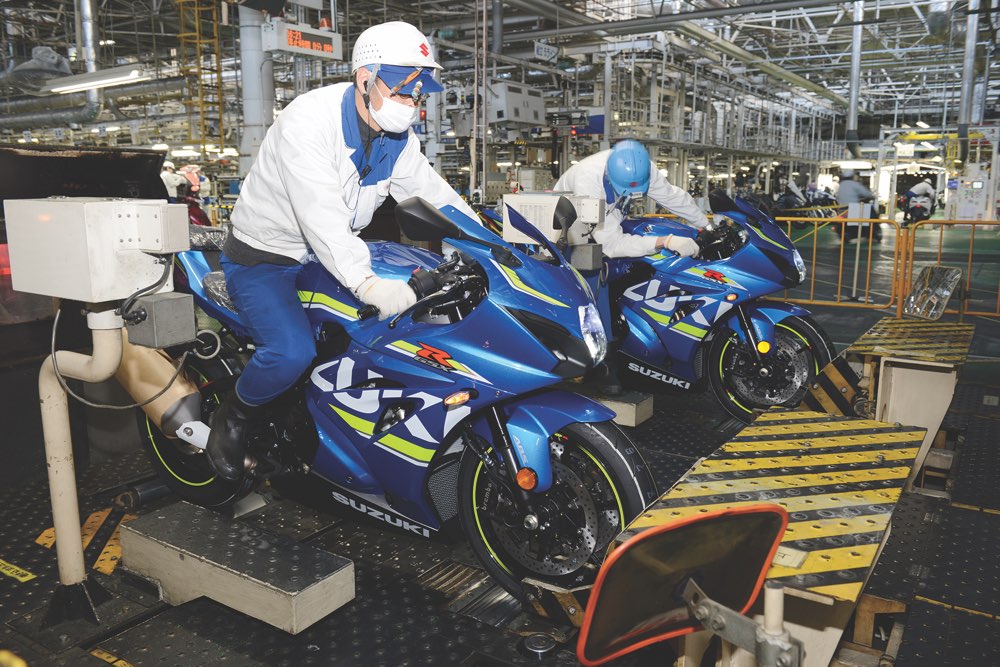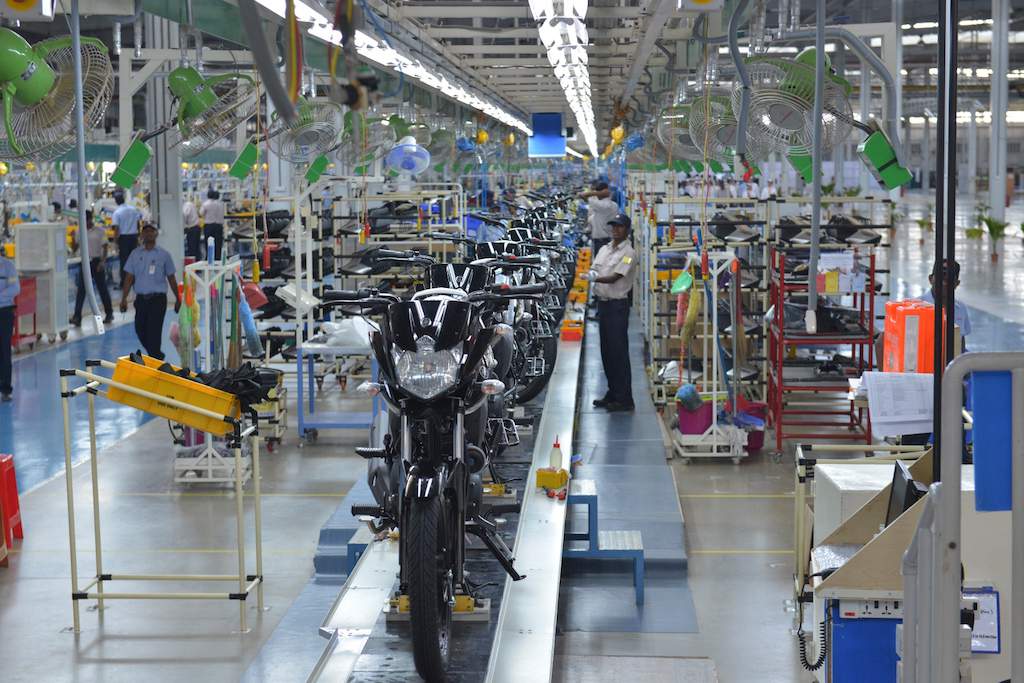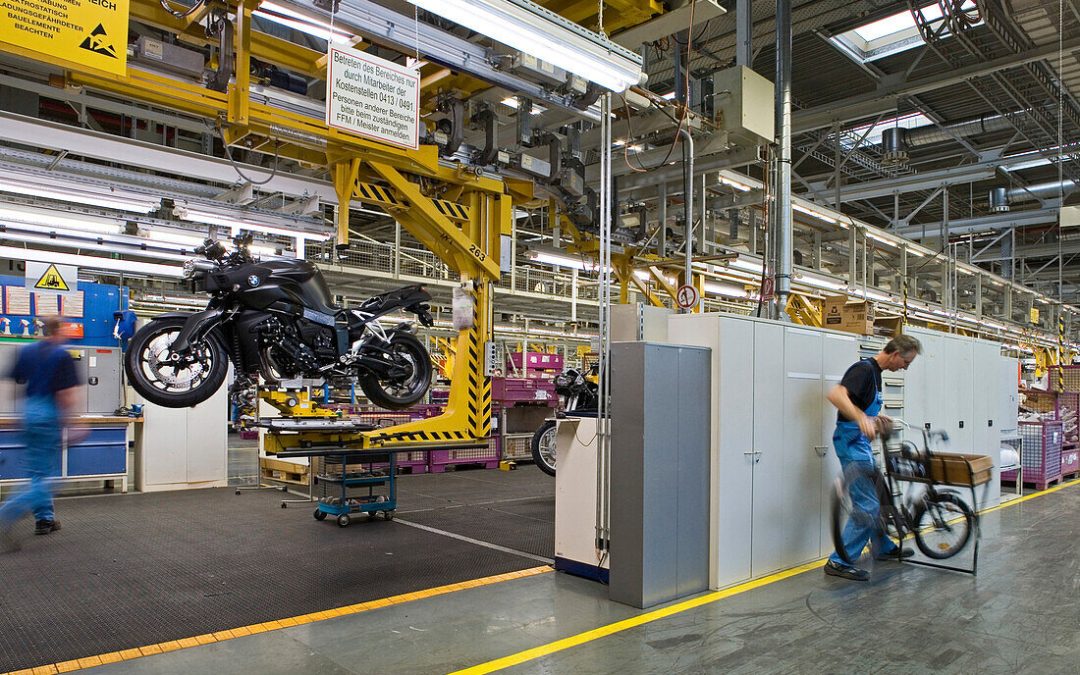Motorcycle enthusiasts take great pride in their bikes. Whether it’s the sleek design, the powerful engine, or the intricate paint job, every detail matters. When it comes to metallic and custom motorcycle paint jobs, ensuring that the finish is flawless is crucial. Detecting flaws in these paint jobs requires a keen eye and understanding of the common issues that can arise.
As an industry QA professional, it’s vital to be able to detect even the most minor imperfections. This article will guide you through the process of identifying flaws in motorcycle paint jobs, ensuring you maintain the highest standards of quality.

Why Quality Paint Jobs Matter
Motorcycle paint jobs are not just about aesthetics; they also serve to protect the bike from the elements. A quality paint job can prevent rust, corrosion, and other damage to the bike’s body. Therefore, ensuring that the paint job is flawless is essential for both appearance and protection.
The Importance of Metallic and Custom Paint
Metallic and custom paint jobs offer a unique appeal that sets a motorcycle apart from others. These paint jobs require a higher level of skill and precision, making it even more important to detect any flaws early in the process. A minor imperfection can detract significantly from the overall look and feel of the bike.
Common Flaws in Motorcycle Paint Jobs
Understanding the common flaws that can occur in motorcycle paint jobs is the first step in being able to detect and address them. Here are some of the most frequent issues:
1. Orange Peel Effect
The orange peel effect occurs when the paint surface appears rough and uneven, similar to the texture of an orange peel. This can be caused by improper paint application, temperature variations, or insufficient drying time.
2. Fish Eyes
Fish eyes are small, crater-like imperfections that appear in the paint surface. They are often caused by contamination from oil, grease, or silicone. Proper surface preparation is crucial to prevent this flaw.
3. Runs and Sags
Runs and sags happen when the paint is applied too thickly or unevenly, causing it to drip or sag before it dries. This can result in unsightly streaks and uneven surfaces.
4. Bubbling and Blistering
Bubbling and blistering occur when air or moisture gets trapped under the paint surface, causing bubbles or blisters to form. This can be a result of inadequate surface preparation, high humidity, or poor-quality materials.
Techniques for Detecting Paint Flaws
Detecting flaws in metallic and custom motorcycle paint jobs requires a combination of keen observation and specialized tools. Here are some techniques to use:
Visual Inspection
A thorough visual inspection is the first step in detecting paint flaws. Under good lighting conditions, carefully examine the paint surface from different angles. Look for any irregularities, rough spots, or inconsistencies in color and texture.
Feel Test
Running your hand lightly over the paint surface can help detect rough areas, bumps, or other imperfections that may not be visible to the naked eye. The surface should feel smooth and consistent throughout.
Use of Magnifiers
Magnifying tools can be extremely helpful in detecting minute flaws in the paint surface. A magnifying glass or handheld microscope allows for a closer look at the surface texture and any potential imperfections.
Specialized Lighting
Using specialized lighting, such as LED or UV lights, can reveal flaws that may not be visible under normal lighting conditions. These lights can highlight surface irregularities, color inconsistencies, and other defects.
Advanced Tools for Flaw Detection
In addition to basic inspection techniques, there are advanced tools available that can aid in the detection of paint job flaws:
Paint Thickness Gauges
Paint thickness gauges measure the thickness of the paint layer, ensuring it is applied evenly and at the correct thickness. This tool is particularly useful for detecting runs, sags, and uneven application.
Gloss Meters
Gloss meters measure the gloss level of the paint surface, ensuring a consistent and high-quality finish. Variations in gloss can indicate issues with the paint application or surface preparation.
Surface Profilometers
Surface profilometers measure the surface roughness of the paint job, detecting any irregularities or imperfections that may affect the overall quality.
Maintaining Quality Control in Paint Jobs
Maintaining quality control is essential to ensure that metallic and custom motorcycle paint jobs meet the highest standards. Here are some tips for achieving this:
Proper Surface Preparation
Proper surface preparation is crucial to prevent many common paint flaws. This includes thoroughly cleaning and sanding the surface, removing any contaminants, and ensuring a smooth and even base for the paint.
Using High-Quality Materials
Using high-quality paint and materials ensures a better finish and reduces the risk of flaws. Investing in premium products can save time and money in the long run by reducing the need for touch-ups and repairs.
Controlled Environment
Painting in a controlled environment, such as a clean and dust-free spray booth, helps prevent contamination and ensures optimal drying conditions. Controlling temperature and humidity levels is also important to achieve a flawless finish.
Regular Training and Updates
Regular training for technicians and staying updated on the latest paint technologies and techniques can improve the quality of paint jobs. Investing in continuous education ensures that your team is skilled and knowledgeable.
Case Studies: Successful Flaw Detection
Let’s look at some real-world examples of how flaw detection has improved the quality of motorcycle paint jobs:
Case Study 1: Custom Chopper
A custom chopper shop implemented advanced flaw detection techniques, including magnifiers and specialized lighting, to identify and address paint imperfections. As a result, they achieved a flawless finish and received rave reviews from customers.
Case Study 2: Metallic Cruiser
A manufacturer of metallic cruisers invested in paint thickness gauges and gloss meters to maintain consistent quality in their paint jobs. This investment led to a significant reduction in paint flaws and an increase in customer satisfaction.
Conclusion
Detecting flaws in metallic and custom motorcycle paint jobs is essential for ensuring the highest quality and customer satisfaction. By understanding common flaws, using proper inspection techniques, and investing in advanced tools, industry QA professionals can achieve flawless finishes that stand out. Learn more about painting techniques here.

FAQs
What are the most common flaws in motorcycle paint jobs?
The most common flaws include the orange peel effect, fish eyes, runs and sags, bubbling, and blistering.
How can I detect flaws in a motorcycle paint job?
Use visual inspection, feel tests, magnifiers, and specialized lighting to detect flaws. Advanced tools like paint thickness gauges and gloss meters can also help.
Why is proper surface preparation important?
Proper surface preparation ensures a smooth and even base for the paint, preventing many common flaws such as fish eyes and bubbling.
